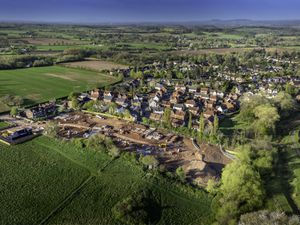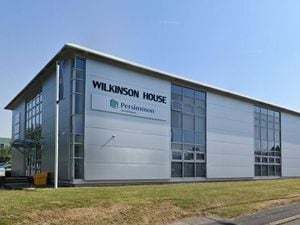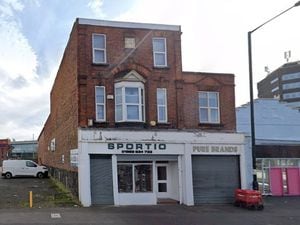Green belt development sparks fears of urban sprawl
Around one sixth of green belt land in the Black Country has been developed, according to official figures released today.

The Government has for the first time published data showing land use across the UK, indicating that thousands of hectares of green belt land are now sites for homes, businesses and rubbish dumps.
Express & Star comment: More housing must remain the priority
It has led to concerns from campaigners that urban sprawl risks destroying the nation’s countryside.
The West Midlands Combined Authority (WMCA) has a ‘brownfield first’ policy, meaning no green belt sites will be developed until other options have been exhausted.
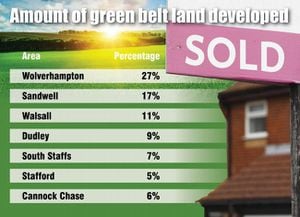
The figures, which were compiled by the Ministry of Housing, Communities and Local Government, show that around 12 per cent of land in Wolverhampton – eight square kilometres – was classed as being within the green belt in 2017.
Of this, more than a quarter (27 per cent) has been developed.
In Sandwell 17 per cent of green belt land has been developed, while the figure in Walsall is 11 per cent and in Dudley it is nine per cent. The overall figure for the Black Country is 16 per cent.
Across parts of Staffordshire the proportions of green belt land now developed comes in at: South Staffordshire (seven per cent), Stafford (five per cent) and Cannock Chase (six per cent). This compares to eight per cent across England.
Rebecca Pullinger, from the Campaign to Protect Rural England, said previously developed brownfield land provides enough room for new houses.
“There is space on brownfield land for more than one million new homes, but if its potential is to be fully realised, the Government, councils and house builders must all take a brownfield-first approach to development,” she said.
“We should also be investing in the green belt to improve its value as a vital public resource, enhancing nature by planting trees and restoring wetlands, and improving access and accessibility so more people than ever can enjoy its benefits.”
A spokesman for the Ministry of Housing, Communities and Local Government, said the amount of green belt land in England had increased over the last two decades. “We are clear that building the homes our country needs does not mean tearing up our countryside,” the spokesman said. “In fact the green belt is around 30,000 hectares larger than in 1997. Last year only 0.02 per cent of the green belt was developed for residential use and often this development is around road and rail infrastructure in place long before green belt designation.”
The Government insists that “great importance” is attached to green belt land and that, once set, it should only be altered in “exceptional circumstances”.
National planning guidance states: “When considering any planning application, local planning authorities should ensure that substantial weight is given to any harm to the green belt. Very special circumstances will not exist unless the potential harm to the green belt, by reason of inappropriateness, and any other harm, is clearly outweighed by other considerations.”
The threat to the green belt has been exacerbated due to a national housing shortage, with the West Midlands needing to find land to build 215,000 homes over 15 years.
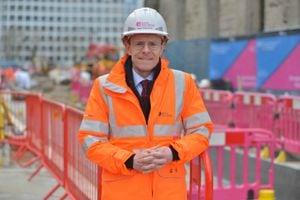
West Midlands Mayor Andy Street described it as “an enormous target”, but said he believed the housing needs of the region could be met providing enough brownfield land was freed up. “It is by far and away the biggest outside London and a huge acceleration on what we have achieved,” he said. “But for the sake of the aspirations of our children it is absolutely critical. It is a really big issue.
“Back in 2011 we were on 7,000 [homes] a year. The gradient for annual housebuilding was incredibly steep. Last year it was 14,500 – double the figure.
“That is on target. The private developers will come in if the market conditions are there. If you look at how private capital is chasing housing opportunities in the centre of Birmingham at the moment... that is simply the market working.
“There was record housebuilding around the centre of Birmingham, but there are other areas around the region where we will need to intervene.
“That’s where these public funds used to kick start some of the developments in Walsall, Sandwell and Wolverhampton come in. Add that up and I do believe we are on target – providing we can sustain the very positive market.
“I think the numbers are good.”
The WMCA has a £100 million fund to buy and clean up former industrial sites in the Black Country for housing, while The University of Wolverhampton is home to a new national brownfield research centre at its Springfield Campus.

